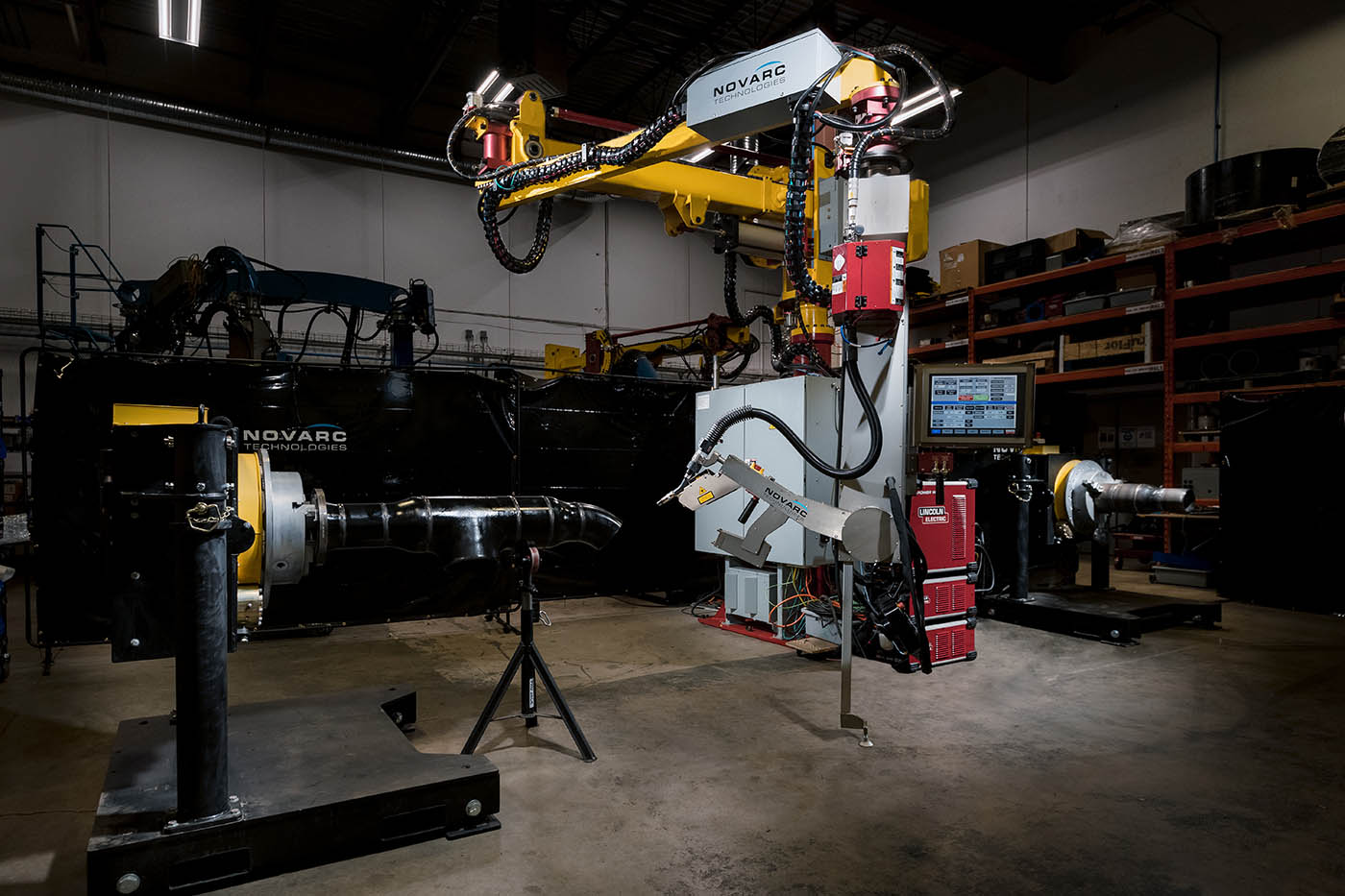The welding industry is seeing a huge decline in skilled welders available to fill pipe welding jobs. The National Association of Manufacturers states that nearly 81% of manufacturers are unable to hire the number of welders they need. In addition to this statistic, the average age for a welder in the United States is 55 years old, indicating that the majority of skilled welders will retire in the next 5-10 years. The American Welding Society (AWS) also predicts that there will be a shortage of 314,000 welders in the United States by 2024. These data points give us significant insight into the trends facing the fabrication industry.
The AWS has attributed this welder shortage to the overall growth of many types of construction, causing a demand for more welding resources. These jobs are being left vacant as they cannot be filled at an equal speed as the aging out of the current workforce. Countries hit the hardest by this shortage include but are not limited to Australia, The United States, and parts of Europe such as The United Kingdom. Millennials’ general perception of pipe welding is that it is tough on the body and repetitive work. This is not without reason. Welding puts the technician at risk of burn, exposure to UV radiation, respiratory irritation from inhaling fumes, and eye damage, to name a few.
Robotic welding is the solution to fill this gap in the labor force. Welding robots do the toughest welding jobs while keeping the welding operator safe. Novarc’s Spool Welding Robots (SWR) do this by improving the workplace ergonomics, and also allowing for skilled welders to use their time to do more specialized complex tasks. SWRs are time and resource efficient, welding faster than an operator, and increasing the productivity and the opportunity cost of a work area. The payback period depends on the size of your shop, and is between 6 to 18 months, after that time period you have paid back the SWR, and are now fully profiting from automated welding.
